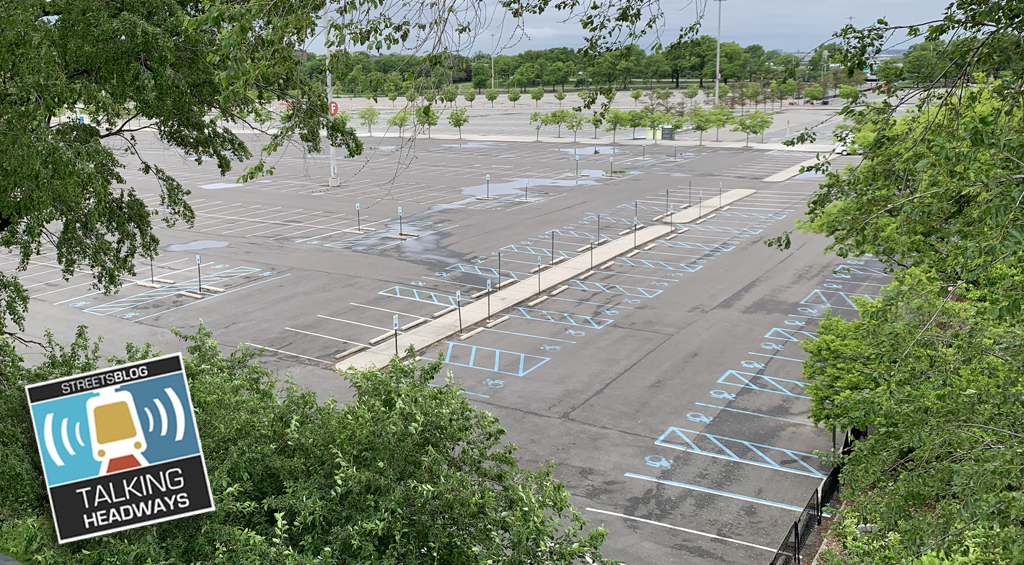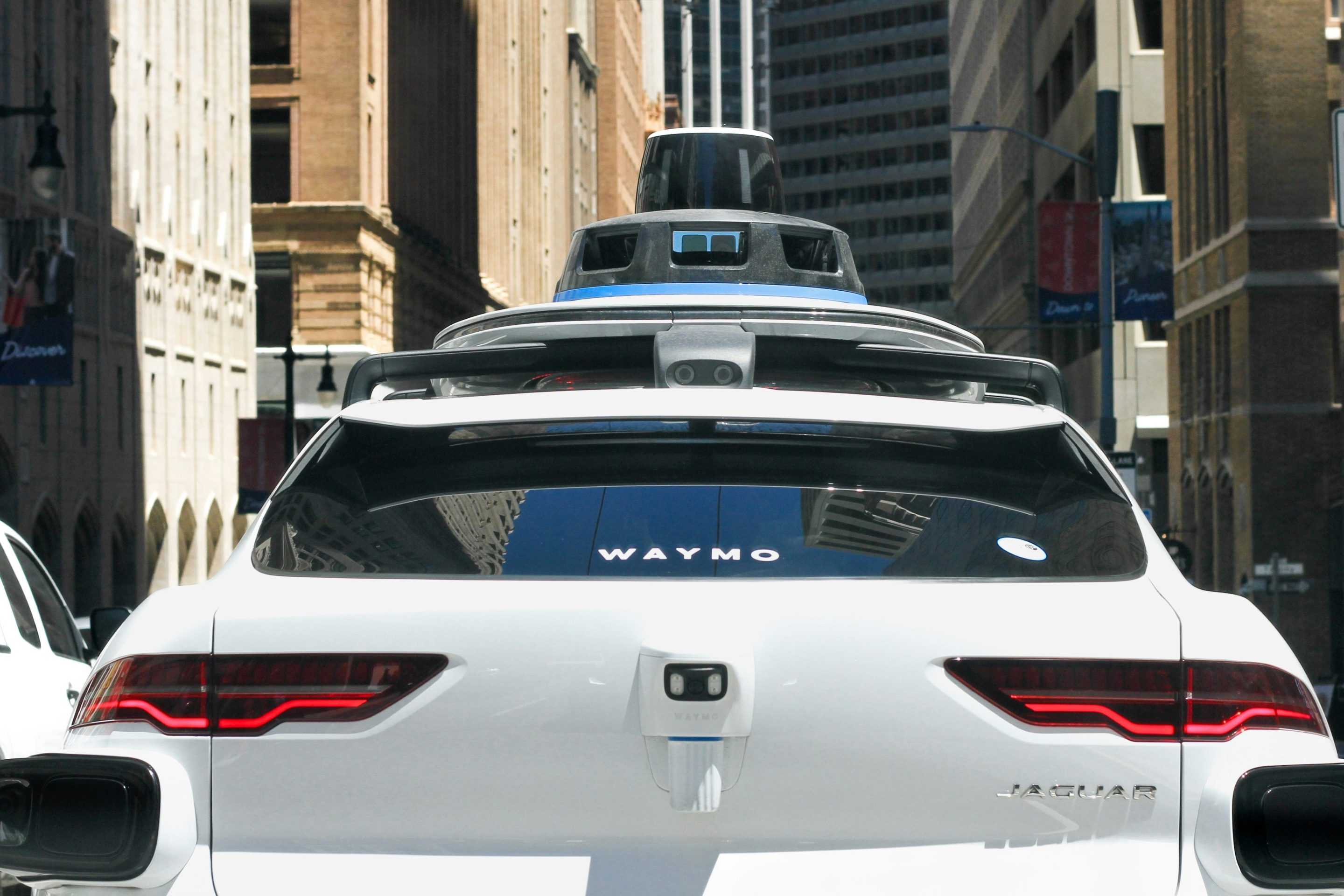Last week, Transportation Secretary Anthony Foxx unveiled "Beyond Traffic," U.S. DOT's 30-year framework for transportation. There's a lot to like inside, says Deron Lovaas at the Natural Resources Defense Council's Switchboard blog. The report does a good job addressing the realities of climate change and discussing how to safeguard our transportation system to the extent possible. It discusses long-term changes in the transportation preferences. And it attempts to measure the success of major Obama-era programs like the 2009 stimulus bill and TIGER.
But Lovaas also says that in important ways, the report is not bold enough. For example:
The door is left enticingly open to alternative futures in transportation, starkly illustrated by a brief and dark scenario-building exercise toward the end of the report which sketches out a "status quo" policy future drifting into gridlock. But the future of land-development appears to be taken for granted: More suburban sprawl, similar to patterns that proliferated in previous decades. This assumption is especially clear in the chapter on "How We Move" complete with a graph projecting suburban dominance in a graph on page 26. This may be the case, and in fact I agree with the report that given the way we've hardwired the nation thus far there's little escaping it. However, it glosses over a lot of variation in suburban development and understates the urban renaissance in many cities. I live on a suburban lot myself. However, it is blocks away from a rail stop on one side, retail on the other, and covers a modest fraction-of-an-acre. What kinds of suburbs will we see in the future? Compact, mixed use ones like mine? Large-lot, monoculture spread-out ones? The report glosses over such distinctions.
I can't help but end by noting the biggest disappointment with the report. It seems too timid when it comes to aligning investments with the projections and choices ahead. For example, while they are cheap and cost-effective investments, I notice that the chapter covering nonmotorized transportation is the only modal one that doesn't call explicitly for more investment. I also note tensions in the treatment of tying performance measurement to funding. On the one hand, laudably on p. 183 the report recommends "...objectives that tie performance to incentives or consequences for recipients of federal funding." On the other, on p. 167 it states that "In some areas, achievement of perfomance targets will be tied to a small portion of federal funding for states.[emphasis added]" This second statement reminds me of a post I wrote in 2013 about a state DOT campaign to push back against the commonsense idea that investments should be aligned with performance outcomes.
Elsewhere on the Network today: Greater City Providence makes an economic case for clearing sidewalks of snow. Strong Towns offers a blueprint for reforming transportation spending. And Systemic Failure says the National Transportation Safety Board's approach to tragedies like last week's Metro-North train crash is fundamentally flawed.





